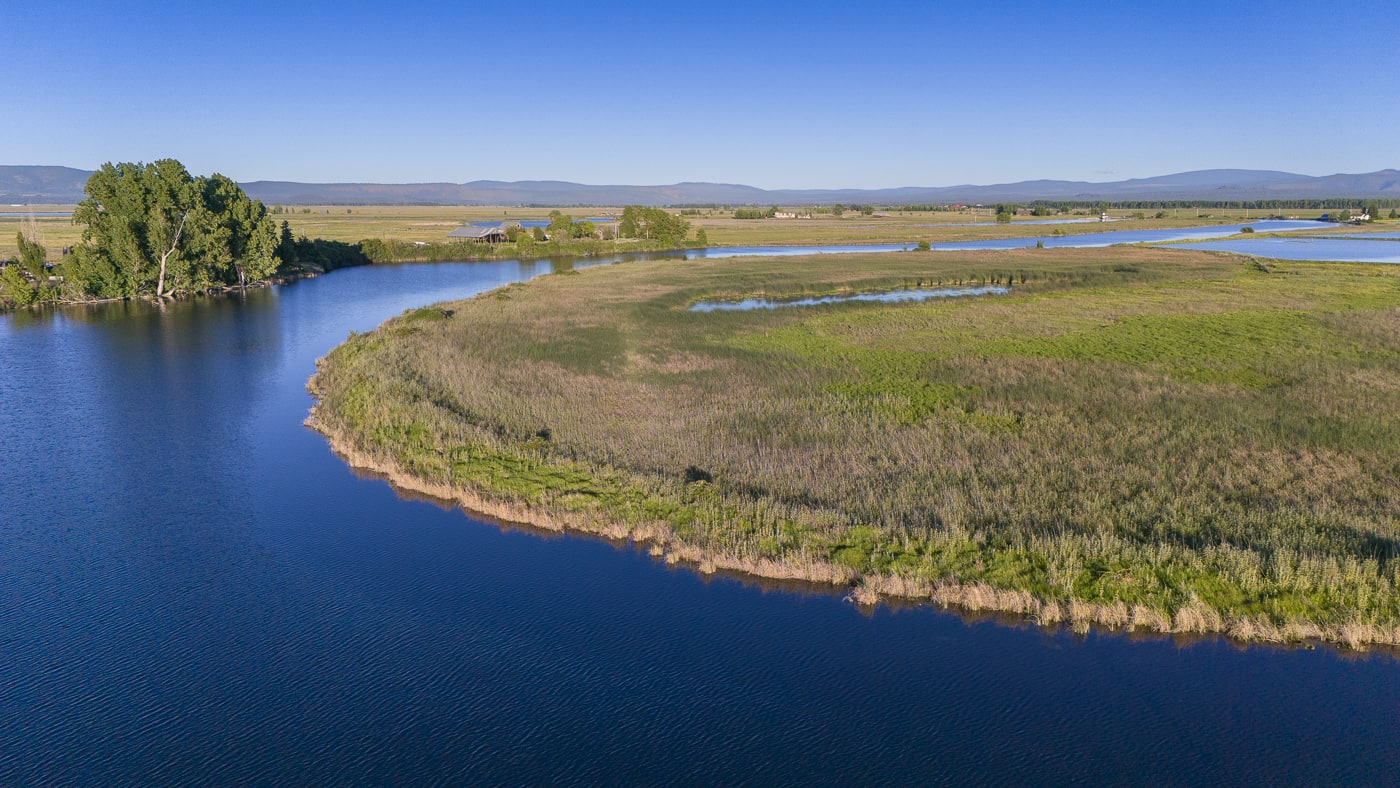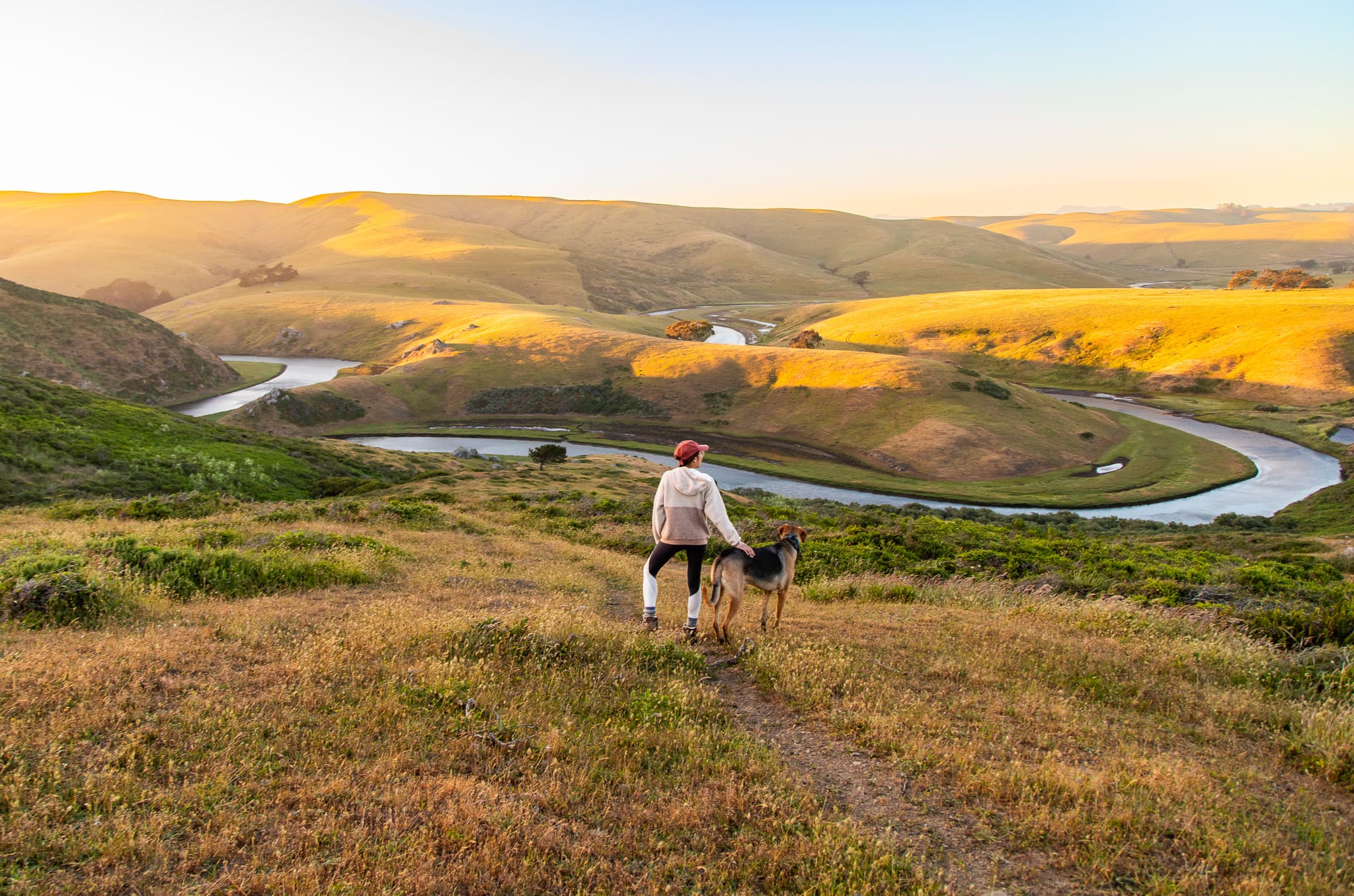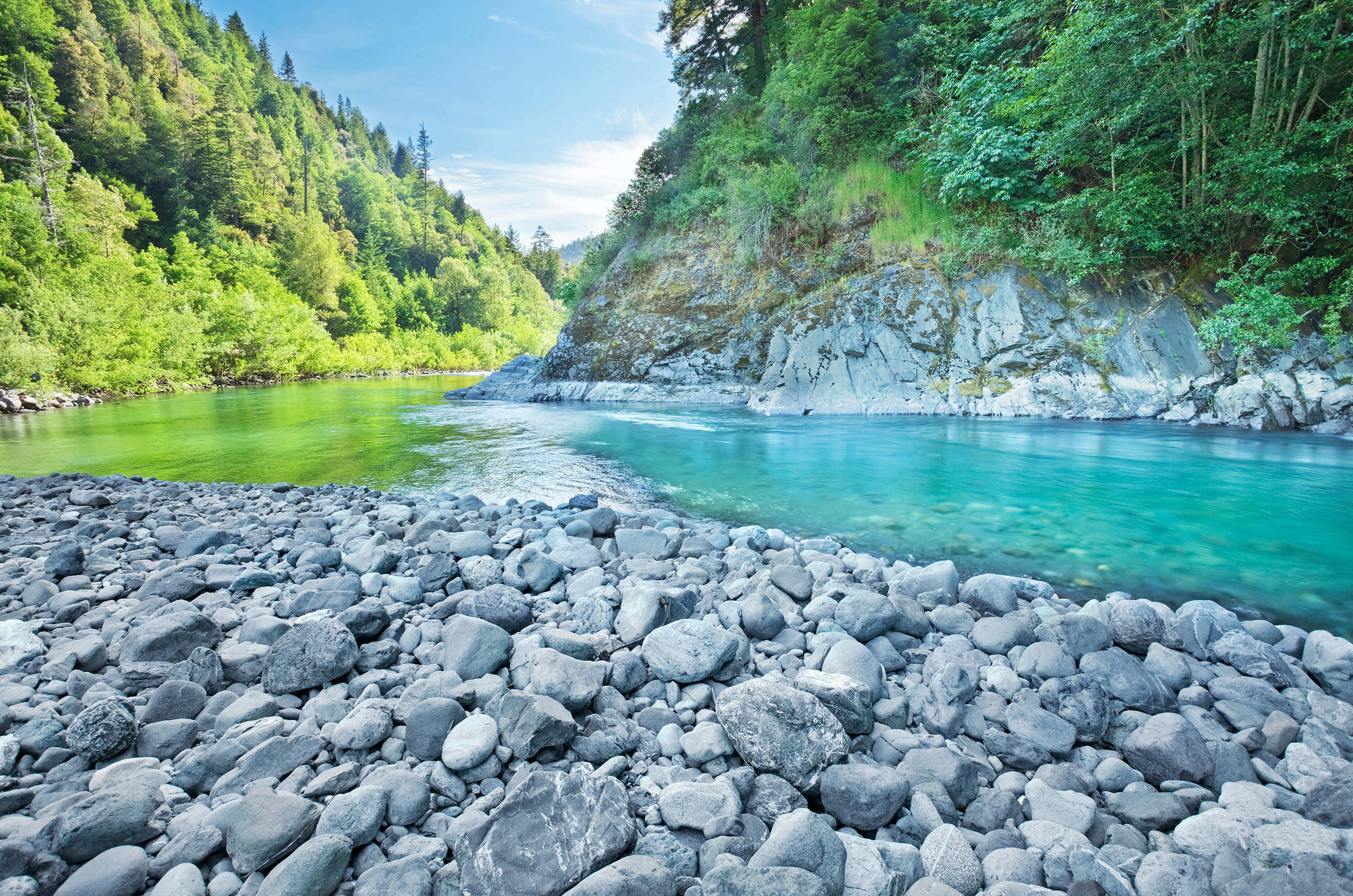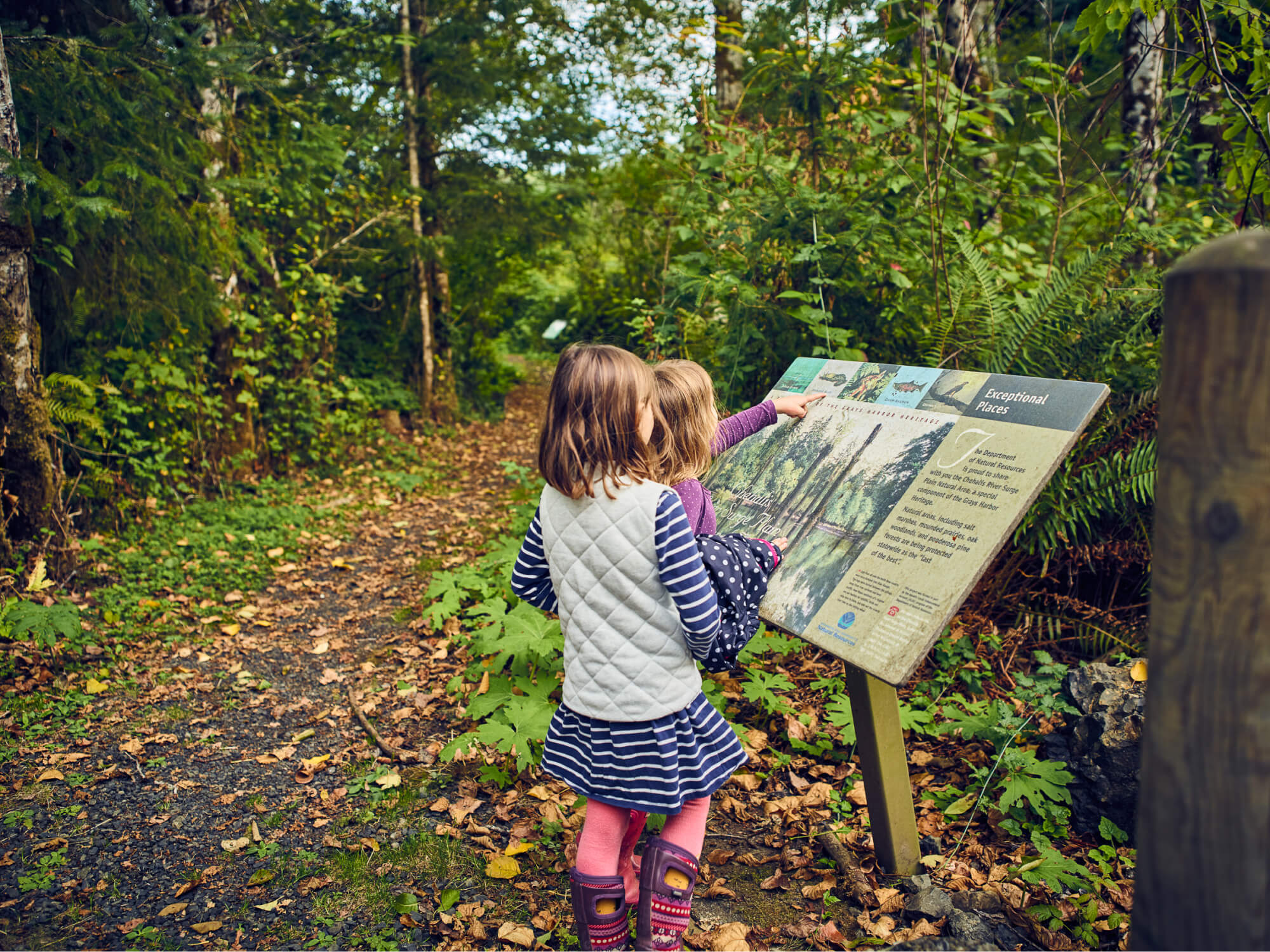CALIFORNIA’S FINEST SPRING CREEK: THE FALL RIVER
Southeast of Mount Shasta, between the Cascade Mountains and the Sierra Nevada, a series of fresh-water springs rise year-round from ancient lava beds to form one of the largest spring-fed rivers in the country: California’s Fall River. The Fall is by far one of the most important rivers in California, with cold, clean water, legendary fly fishing, healthy trout populations and outstanding habitat for a vast number of birds, including some of the largest duck populations in the state.
In 2025, at the heart of the Fall River valley, WRC and the Pit River Tribe conserved the 270-acre Pope Jensen Ranch, which contains nearly three miles of the Fall. Roughly 135 acres of the ranch are classified as wetlands and conserving them enables the Pit River Tribe to begin critically-needed restoration efforts, using Traditional Ecological Knowledge, to bring back native plants and keep invasive species down.
WILD TROUT AND COLD, COLD WATER
As a major spring-fed stream, the Fall River is uniquely important. In mid-summer, when rivers throughout the state grow exceedingly low and warm, and sometimes even lethal for fish, the Fall flows steady and cold, with temperatures rarely rising above the low fifties. As a result, the river sustains one of the most productive and famous rainbow trout fisheries in the state, including some of the largest rainbow trout in the Lower 48. The river also supports a variety of other native fish including the bigeye marbled sculpin, a state-listed species of Moderate Concern.
CRITICAL HABITAT ON THE PACIFIC FLYWAY
Among the primary beneficiaries of our conservation of Pope Jensen Ranch are the thousands of migratory birds that move through the Fall River valley every year. The Fall and its tributaries form a mosaic of sloughs, ponds, and wetlands that make the valley a critical resting point on the Pacific Flyway, one of the Americas’ major north-south flyways for migratory birds, including long-billed curlew, willet, Wilson’s Phalarope, and sandhill crane. In the southern Cascades, wet meadow and wetland habitats, including those in the project area, together support over six million birds, including more than 60 percent of the threatened greater sandhill crane breeding population. With its grasslands and healthy riparian vegetation, the ranch also provides habitat for wildlife like mule deer, beaver, and muskrat.
RETURNING ANCESTRAL LANDS TO THE PIT RIVER TRIBE
In addition to Pope Jensen Ranch, the Pit River Tribe has long managed several thousand acres of conservation and agricultural lands in the area. This effort was another outstanding opportunity for WRC and a Tribal Nation partner to work together to deliver not only a win for fish and wildlife, but a win for tribal resiliency by returning ancestral lands to their original stewards. In the end, the Fall River system will be better off for all.










